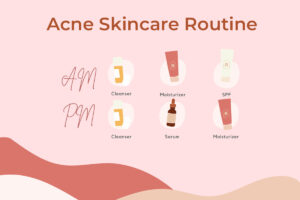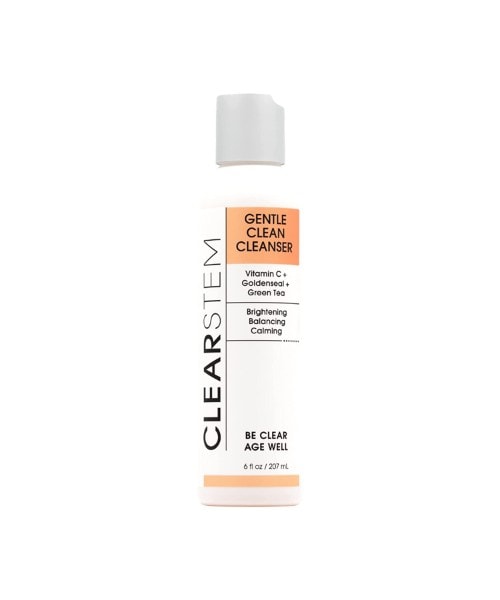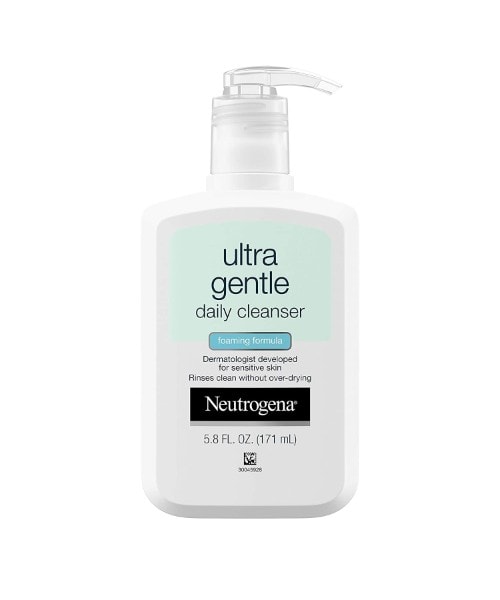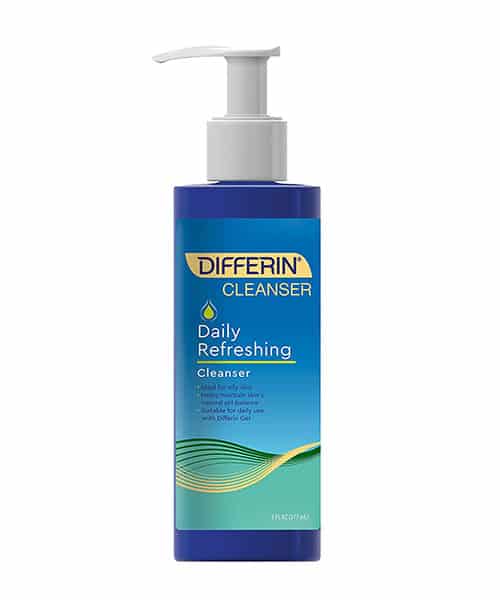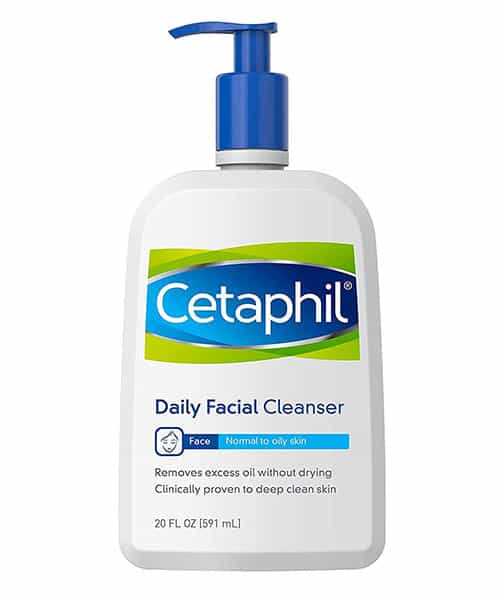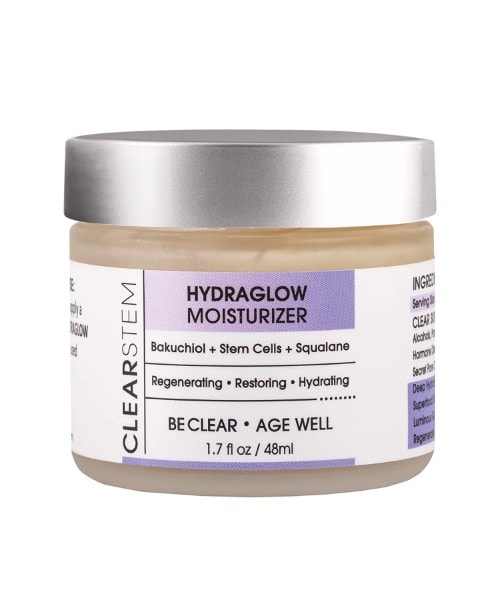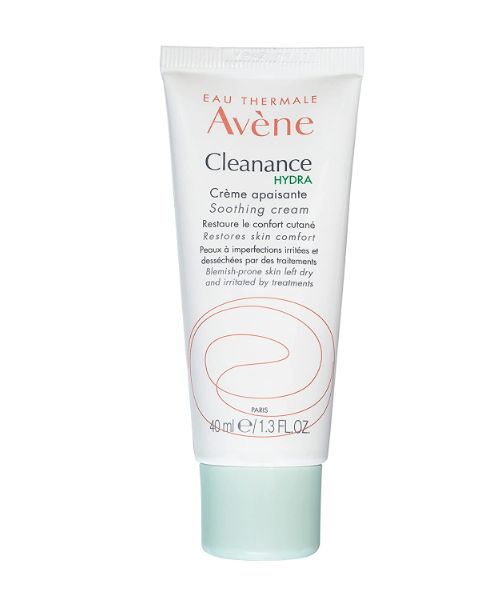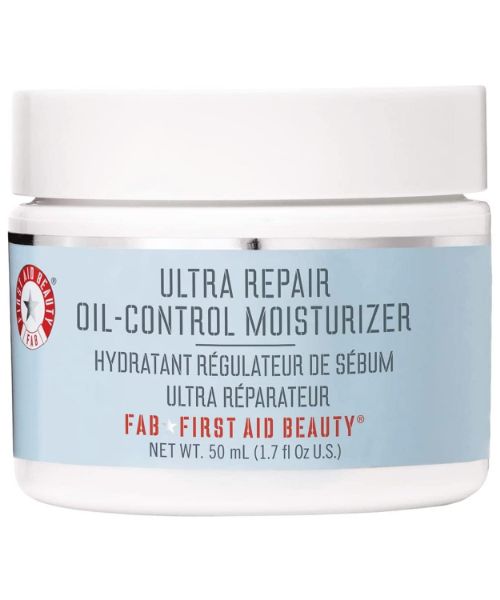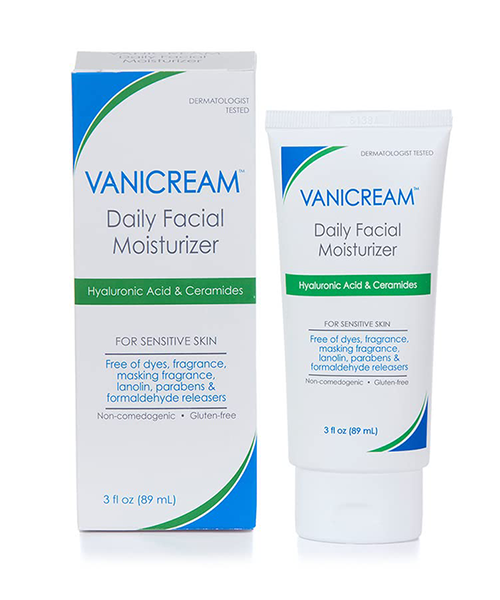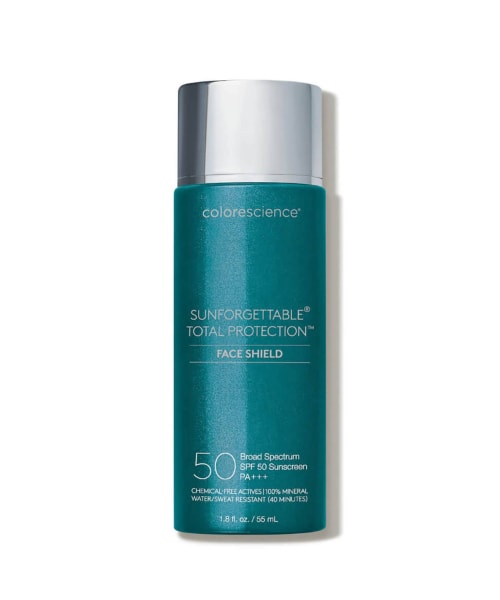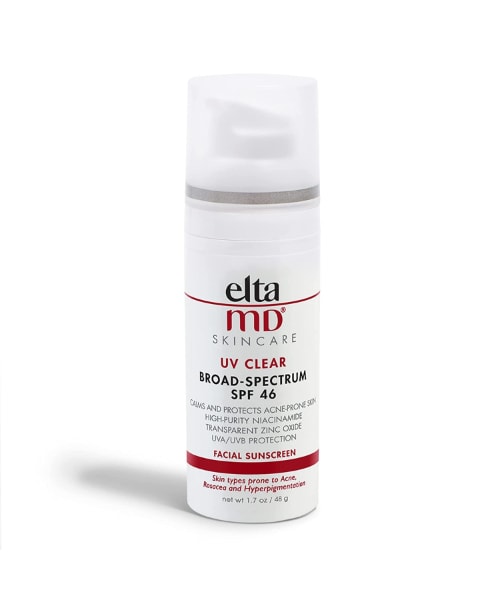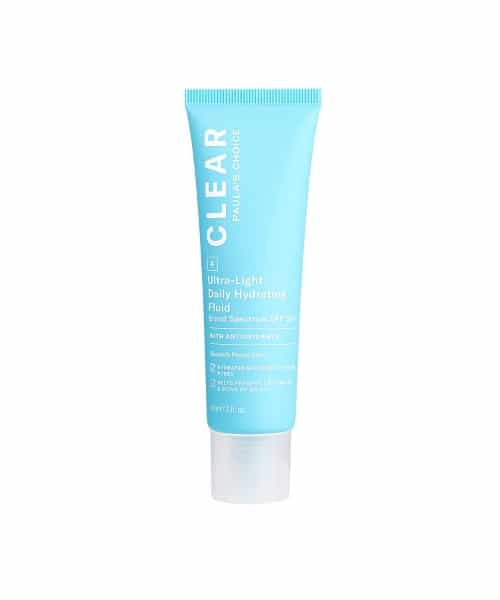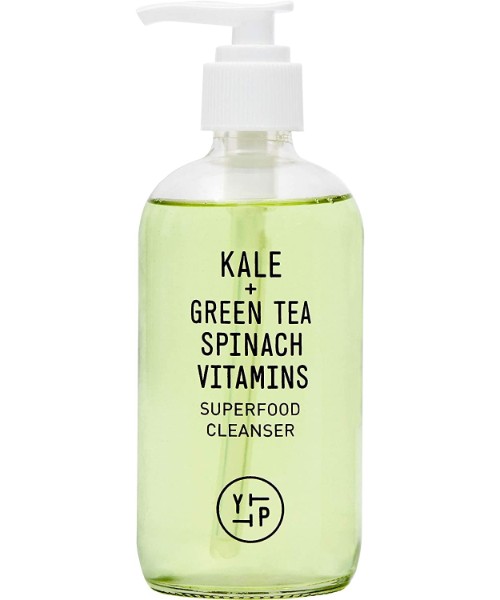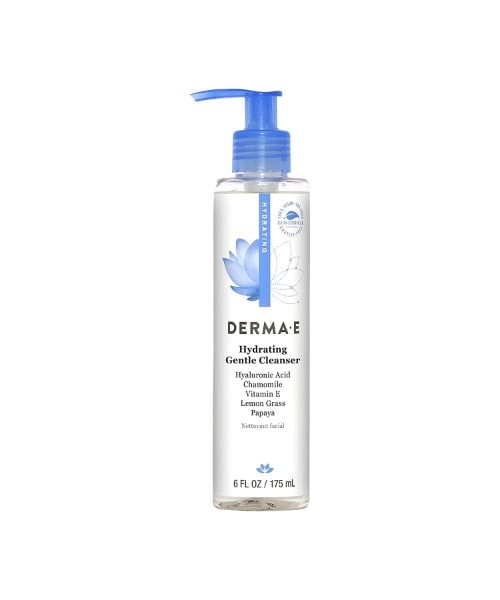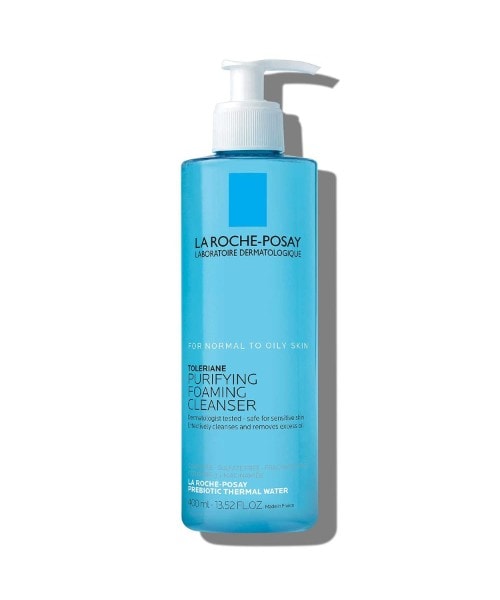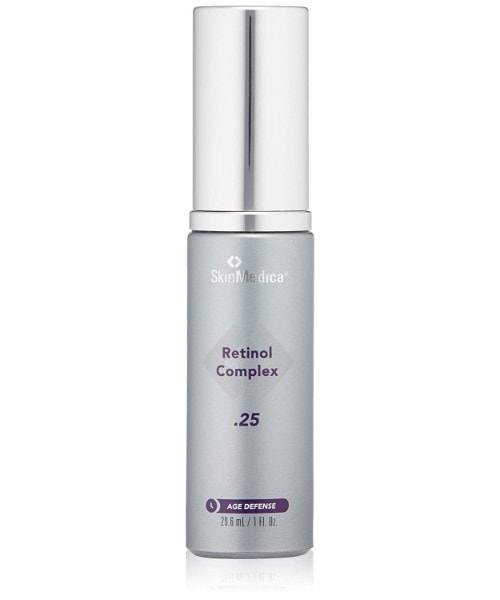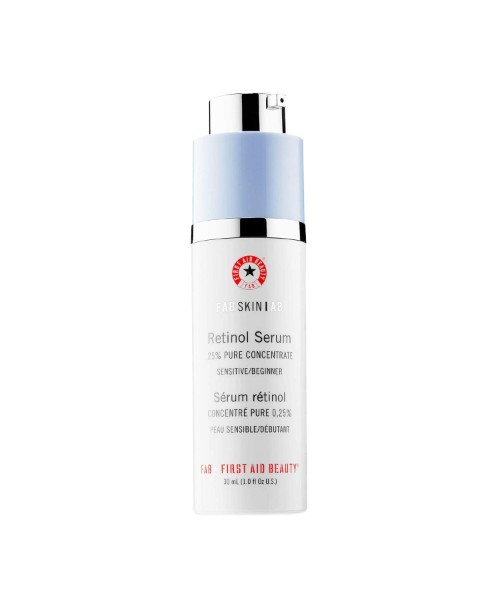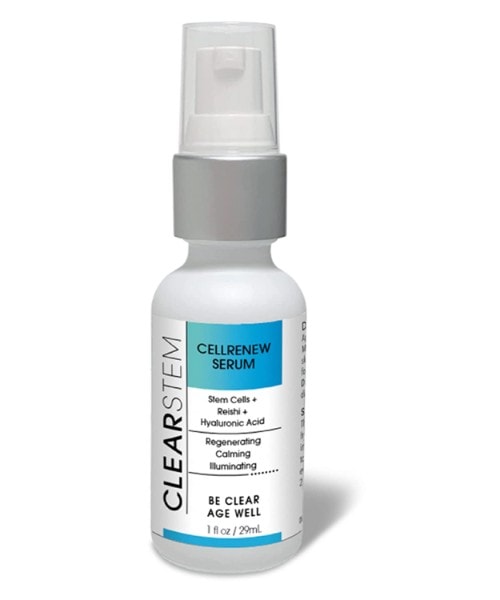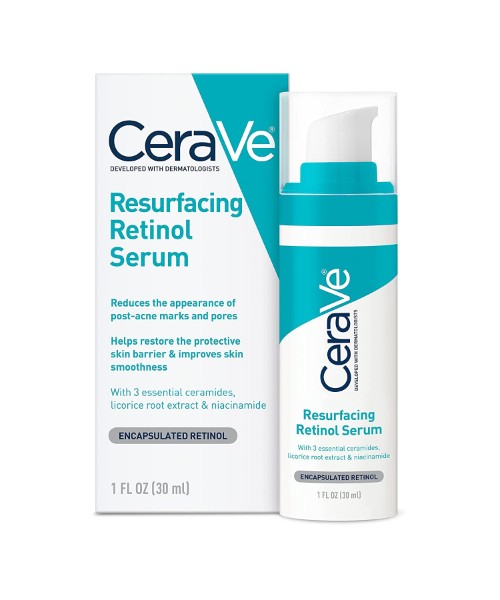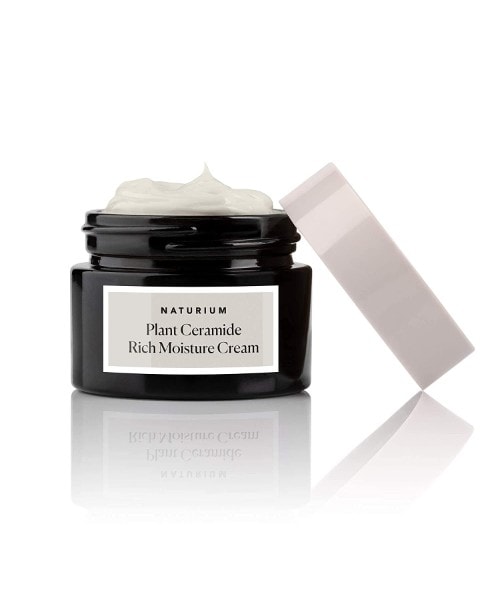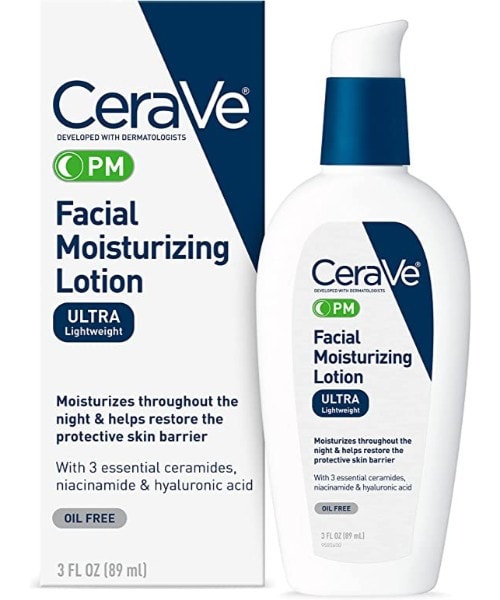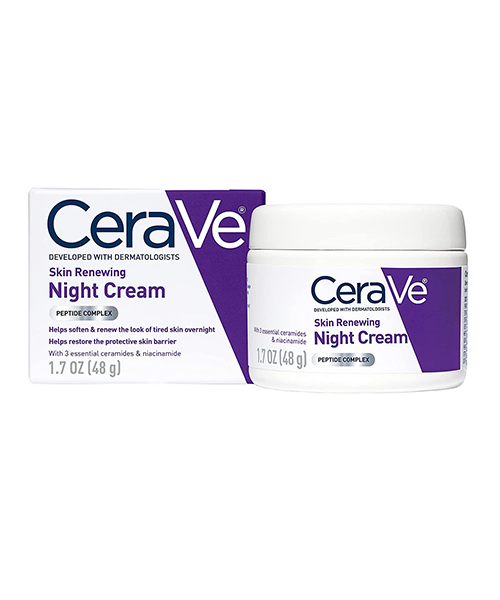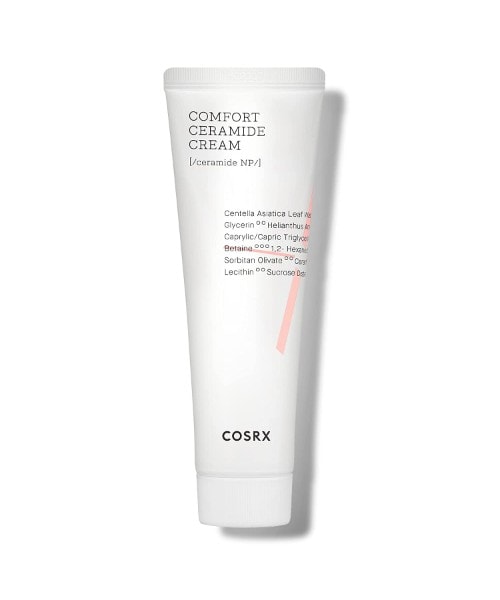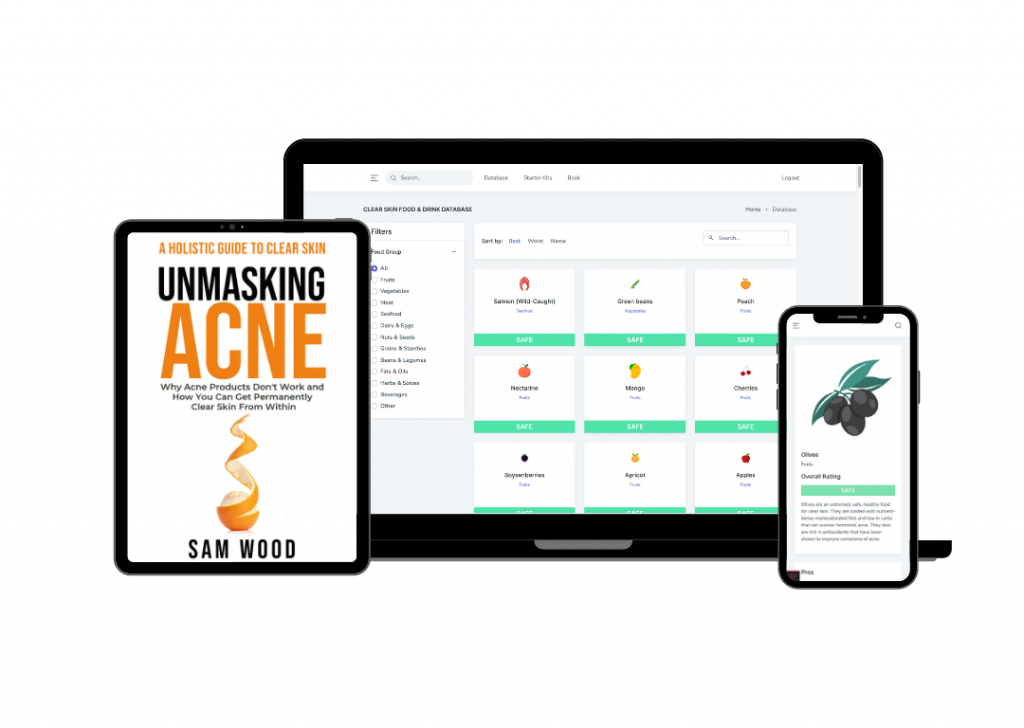Your skin type matters
Wanting clear, healthy, and glowing skin might sound unattainable to many, especially if you have been dealing with stubborn concerns like acne, hyperpigmentation, texture, wrinkles, etc., for a long time.
However, more often than not, the products we rely on to improve our appearance are to blame for that.
Using the wrong products for your skin type and concern can be devastating for your skin and, as many know, can lead to long-term and even permanent damage in some cases.
But not all is lost, and starting to take care of your skin late is better than completely ignoring the fact it can be improved by making simple tweaks in your daily routine.
Therefore, if you’ve been feeling lost and confused about where to start, this guide is for you.
We walk you through how to build a skin care routine and products suitable for each skin type and concern. That way you know the products are optimal for your unique skin.
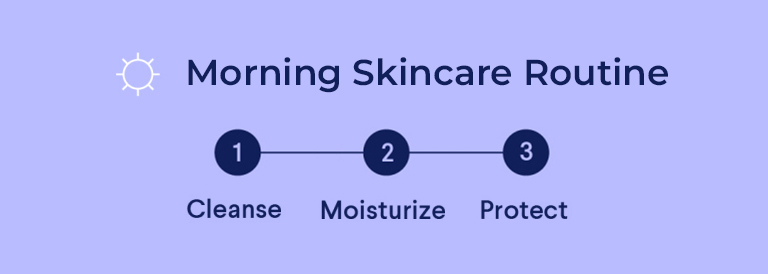
Building a Morning Skincare Routine
Typically, a morning skincare routine should prepare your skin for the day.
An average person’s day usually entails being exposed to environmental stressors like free radicals that float around in the air and degrade your skin’s DNA once they bind to the cells.
Also, UV rays that can increase the risk of skin cancer, hyperpigmentation, and signs of aging, and other factors like air pollution that can make your skin look dull and even exacerbate inflammatory conditions like acne.
Therefore, your morning skincare routine should focus on protecting your skin from the elements that could cause damage and irritation.
A morning routine should be pretty simple and should consist of the following:

Step 1: Cleanser
Cleansing is the first essential step in your skincare routine that will help keep your skin clean and free of bacteria or irritating pathogens that can find their way on your skin through dust particles in the air, pollution, etc.
Additionally, a morning cleanse will remove the buildup of your evening skincare products from the skin’s surface and give you a fresh and clean canvas that’s ready to be prepped for the day.
When choosing a morning cleanser, opt for something light and hydrating that won’t leave your skin dry and stripped, but it’s also not excessively nourishing to leave a greasy layer on its surface.
Here are some excellent morning cleansers for different skin types:
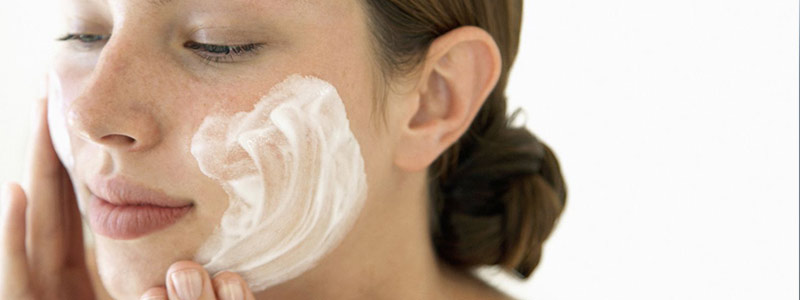
Step 2: Moisturizer
After cleansing, hydrating, and infusing the skin with antioxidants, you want to seal all that goodness in before it evaporates.
Apply a lightweight moisturizer that contains ingredients like emollients and occlusives to create a seal on the skin’s surface and slow down transepidermal water loss, a.k.a the moisture that makes your skin look plump, hydrated, and glowy.
Here are some excellent morning moisturizers for all skin types:
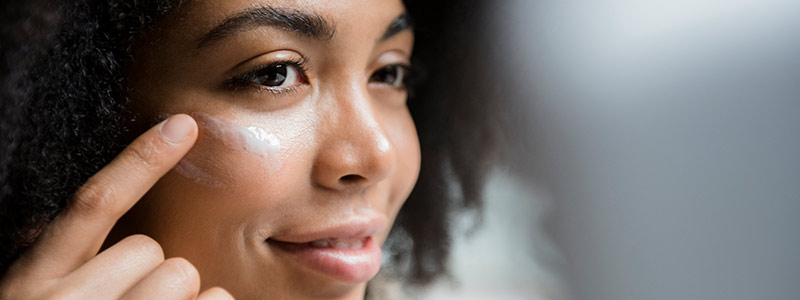
Step 3: Sunscreen
The final step in your morning skincare routine is protection against the elements and especially the UV rays that have a unique ability to penetrate the skin and break down the proteins that keep the skin cells healthy and functioning.
This is why an SPF of at least 30 should be your go-to product for the morning. Make sure to apply it a few minutes before going outside, and don’t forget to reapply every two hours if you plan to spend the day outdoors.
Here are some excellent morning sunscreens you should consider trying:
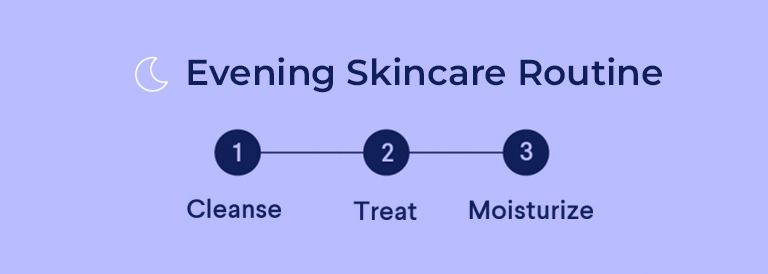
Building an Evening Skincare Routine
If the morning routine is focused on protection, the evening routine should be focused on nourishment and repair.
When we say repair, we mean using products that would soothe, heal, reduce, or repair the main skin concern, such as acne, wrinkles, scarring, hyperpigmentation, or anything else.
Additionally, since using active ingredients to tackle some of the major skin concerns can sometimes come at the cost of dry, flaky, and peeling skin, a gentle cleanser, hydrating serum, and a heavy-duty moisturizer, a.k.a the nourishing parts of the evening routine, should always follow.
In your evening routine, you will use the following products:

Step 1: Cleanser
Your evening cleanser should differ from the one you use in your morning routine, as the evening is when we pull out active ingredients like exfoliating acids and retinoids to treat our skin concerns.
These actives, although helpful and efficient, are known to come with a few side effects, including dryness, peeling, and flaking, which is why using a gentle cleanser is a must to offset some of these side effects and prevent the skin from becoming too irritated.
With that said, here are some excellent gentle cleansers you can incorporate into your evening routine:

Step 2: Serum
Once your skin is clean and dry, it is now time for the active part of your skincare routine that will help address your skin concerns.
A serum that contains vitamin A or good old retinol is an excellent option for this, as they are lightweight, absorb quickly, and are ideal for skin regeneration and repair.
Besides that, retinols can address almost every skin concern under the sun, from acne to hyperpigmentation and wrinkles, so you won’t need to use multiple actives and potentially irritate your skin.
With that said, here are some of the best retinols for every skin type:
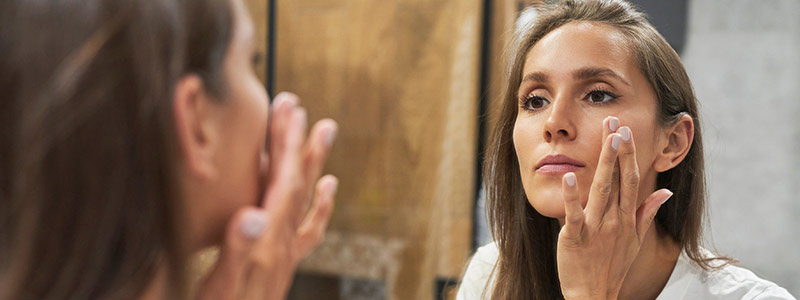
Step 3: Moisturizer
As we already mentioned, using active ingredients may come at the cost of some dryness, peeling, flaking, and irritation.
This is why your evening moisturizer should do a heavy-duty job regarding hydration and nourishment.
Don’t worry about looking greasy and glowy; you won’t be going out anyway, so amp up your moisturizer game by opting for one that contains ceramides, glycerin, niacinamide, hyaluronic acid, shea butter, and other barrier-repairing components.
Here are some excellent moisturizers for an evening routine:
Tips to Kow
Testing Your Skin Type at Home
An excellent way to test your skin type at home and make sure you are using the right products to keep it healthy is to cleanse your skin with your regular cleanser and not follow up with any skincare or makeup products for at least 8-10 hours.
During this time, your skin will be completely free of any product residues and oils, allowing you to assess its condition objectively.
After the time is up, carefully inspect your skin and try to spot the signs that usually indicate different skin types.
For example, if your skin feels dry, stretched, and tight and has visible flakiness or mild to moderate redness on the cheeks, chances are that you have dry skin with mild sensitivities, which could also be a reaction to a particular factor, such as an irritating product.
On the other hand, if your skin is shiny, your pores look enlarged, and you have visible blemishes, then it’s safe to say that you likely have an oily skin type.
If your skin feels pretty normal or slightly dry but without any of the signs mentioned above, then you likely have a normal skin type.
Sticking To a Routine
Once you determine your skin type or are dealing with a concern you want to improve, it is important to stick to a consistent routine.
This means that you should use the same products day after day and follow a strict regimen without falling off the wagon or neglecting these steps when you don’t feel like doing your skincare routine.
A great way to stick to a routine is to make it simple and use no more than 3-4 products that would take no longer than 10 minutes of your time each day.
Another great way to stick to a routine is to monitor and note your progress and skin improvement, as seeing positive results will motivate you to keep up with your routine even when it’s inconvenient.
And finally, remember that consistency is vital to achieving and maintaining healthy skin, so don’t let distractions get in the way of having the skin of your dreams.
How to Not Traumatize Your Skin?
Your skin can become a product of the environment, the products you use, and how you use them.
Therefore, it’s very possible that your skin can start to show signs of damage, such as redness, irritation, sensitive reactions, and breakouts, if any of these elements are not cared for properly.
Here are a few tips on how to avoid traumatizing your skin and prevent signs of damage and discomfort:
Have a Simple Beauty Routine
Your skincare routine should consist of no more than 3-4 products. You should also make efforts to keep your makeup routine simple and minimal.
Don’t forget that when using any beauty product, you are exposing your skin to dozens of ingredients that may cause damage and trigger a reaction.
Therefore, the fewer products you use, the less likely this will happen.
Avoid Using Harsh Products
If your skin is already damaged, sensitized, and reactive, you should avoid products containing ingredients such as drying alcohol, sharp exfoliating beads, and irritating fragrances and fragrant components.
These are some of the main causes of skin issues through repeatedly drying out the skin, compromising the skin barrier, and preventing it from keeping the skin healthy and functioning.
Protect Your Skin From External Damage
Using an SPF of 30 and higher daily not only protects your skin from harmful and dangerous UV rays, which can cause cell degradation and malfunctions that lead to issues like premature aging and cancers, but also from free radicals and pollution that can cause sensitive reactions, redness, breakouts, and discomfort.
Preventing Sporadic Breakouts
Although breakouts are caused by internal and external factors, sometimes our skin needs an extra boost to prevent these pesky blemishes from showing up when they are least expected.
Here are two great tips on how to prevent breakouts from coming back:
Have a Consistent Skincare Routine
A skincare routine that works for you and you are consistent with will not only minimize the frequency of new breakouts but will also help them heal faster if they do turn up at some point.
Don’t Introduce Too Many Cosmetic Products at Once
Introducing more than one skincare or makeup product at once increases your chances of experiencing a sensitive reaction or any other skin concern, from blemishes to allergies.
And the worst part about it is that you wouldn’t know which product or ingredient inside a single product might’ve caused this reaction if you started using five new products at the same time.
Therefore, to avoid unnecessary discomfort, give your skin at least one cycle (30 days) to get used to any cosmetic product before introducing a new one into your routine.
Choosing Non-Comedogenic Products
Beauty products, including skincare, makeup, and even haircare, are often labeled non-comedogenic but can still contain ingredients that may cause or exacerbate skin concerns like acne.
This happens because knowing which ingredient could cause an issue for someone is impossible, as everyone’s skin is different.
Keep in mind that not all ingredients that are labeled “comedogenic” are problematic, and not all products that are labeled “non-comedogenic” are safe. This is why you must thoroughly check each product’s ingredient list before trying it out.
Some known problematic ingredients for acne may include oils, butters, waxes, stearates, and emollients like petrolatum, lanolin, mineral oil, etc., so trying to spot these in any of your beauty products is an excellent place to start when eliminating potential triggers.
Hygiene Tips for Preventing Breakouts
Cleanliness is essential in maintaining clear and healthy skin because certain strains of bacteria that live on items that touch our face can exacerbate acne.
This is why cleaning our phones, makeup brushes, and headbands, and regularly changing our pillowcases is important, as these items can be a source of dirt and bacteria buildup and can exacerbate or even be the leading cause of acne.
Additionally, keeping your skin clean by regularly showering and cleansing will maintain a healthy microbiome and will prevent the buildup of pathogens that can cause inflammatory skin conditions.
What Should I Do If My Skin Starts Breaking Out?
Your skin can start to rebel in the most unexpected ways, and if it does start to break out seemingly out of nowhere, don’t panic.
Here are a few useful tips to prevent sudden breakouts and treat them fast if they appear for any reason:
Pause Your Beauty Routine
Keep your skin clean without applying any skincare or makeup products for at least one full day.
If your breakouts look less inflamed the day after, there’s a probability a product in your beauty routine is causing it.
Eliminate Unnecessary Products
If you suspect a product in your beauty routine is causing sudden breakouts, try to find out which one may be the culprit by eliminating unnecessary products and keeping your beauty routine at a minimum for the next few days.
If your breakouts worsen, continue to eliminate product by product until you figure out what’s causing the issue.
Replace The Essentials
Once you find out which product might be the issue, replace it with a gentler alternative (if it’s a cleanser or a serum that contains active ingredients) or change it entirely if it’s a moisturizer, sunscreen, or a complexion makeup product such as a foundation, which are products that are often loaded with comedogenic and irritating ingredients and could be clogging your pores and causing the sudden breakouts.
Don’t Pick
The last thing you want to do while your skin is inflamed and suddenly breaking out is to start picking the spots. Not only will it cause a visible scar and make the issue worse, but it can also spread the bacteria on your skin, further exacerbating the problem.
Ice the Area
Another excellent tip for calming redness and irritation from a sudden breakout is to use ice on your skin a few times a day for a few seconds.
If you notice the breakouts are calming down after icing, there’s a chance you’re experiencing an allergic reaction.
If the breakouts don’t seem to be affected or are getting worse, there’s a chance your pores are clogged, and you need a change in your routine.
